Description
Its Cantabrian anchovies belong to the Engraulis Encrasicolus species, caught in the fishing grounds of the Cantabrian Sea during the spring coastal season. They are the tastiest and most sought after on the market.
Ingredients: Cantabrian anchovies, extra virgin olive oil and salt.
Producer: MA Revilla (Santoña, Cantabria).
Origin: Cantabrian Sea
Quantity: 14-16 anchovy loins.
Pairing: in Made in Spain Gourmet We recommend them in salads, alone and in tapas with crackers. A white wine like an Albariño suits it very well.
Nutritional information:
- Calories: 204 Kcal/850kJ per 100g
- Total Fat: 9,7 g
- Saturated 2,2 g
- Salt 9,2 g
- Carbohydrates: 0 g
- Sugars 0 g
- 28,9 g proteins
Expiration: 12 months
Store in a refrigerator between 5º C and 12º C
Leave about 20 minutes uncovered at room temperature before consuming.
Once the container has been opened, preferably consume within 24 hours and keep them covered with butter.
Good anchovies have a last name: Santoña. And also name: From the Cantabrian. Although the anchovies are from the Cantabrian Sea, in Santoña (Cantabria) only the preserves are made, the merit goes to the sea, that wonderful Cantabrian Sea that is a treasure for our gastronomy, and although it is never fully valued. And it must be recognized that there are three factors that contribute to the quality of Santoña anchovies being the best: the waters of the Cantabrian Sea and its nutritional richness, artisanal fishing and its processing.
Anchovy fishing that takes place during the months of March, April and May. The best season for salting is when the fleet goes out in search of it and after returning to port, the best specimens are selected and bid on. The production takes place between March and June, when the bocarte is in its optimal state of fat, flavor and texture. Then, during calibration, they are separated by size, washed in brine and deheaded and gutted to be placed in barrels with salt for curing, which lasts between six and eight months. After this time, the most artisanal and delicate phase begins: manual cleaning or searing to remove skin and bones and obtain large, clean fillets that will be preserved in olive oil.
The product that is caught off the coast of Cantabria and the entire northern cornice is of exceptional quality. Far above that of other areas of the world such as Peru, Argentina, Morocco or even Croatia
Santoña: world capital of Premium Anchovy
The fishing village of Santoña is located in the western part of Cantabria. It is known for being the homeland of Juan de la Cosa, Christopher Columbus's navigator on his trips to America (not the humorist), for its natural treasures such as the Santoña Marshes or the Berria beach and for its historical constructions, such as the forts of San Martín, San Carlos or Napoleón and the church of the Virgen del Puerto. However, when someone pronounces his name, an answer immediately arises: Bring me anchovies! Undoubtedly, this product has achieved fame that goes beyond the borders of Spain and is found on the menus of the best restaurants on the entire planet. There is not a single visitor to Santoña who leaves without taking anchovies back to their place of origin, but how are they made and how do they get from Santoña to the rest of the world if we do not visit the fishing village?
In the XNUMXth century, when salted fish was scarce in southern Italy, some Sicilian adventurers landed in Santoña and some decided to stay, forming the main canning industry in northern Spain. They brought with them a new technique, salting, mainly addressing the production of "bocarte", as the anchovy is originally known. It consisted of removing the head of the anchovies, placing them in barrels with salt and leaving them pressed for between four and six months, which is known as maturation.
Anchovy manufacturing process
Selection
Upon arrival at the port, the freshest fish and the most appropriate size are selected and purchased at auctions in the fish markets.
Quality
When the fish arrives at the factory, it is subjected to quality control. If it exceeds it, it is salted in suitable containers, for rapid dehydration and bleeding.
“Alla vera meat”
Once salted, the fish is deheaded and eviscerated, and it is ordered as quickly as possible inside plastic barrels in alternate layers of fish and salt from salt flats. It can also be pressed into salting tins with just the right amount of salt, known as “Alla vera meat”.
Digital
When the salted anchovy has reached the optimum degree of maturation and the appropriate organoleptic characteristics (texture, aroma, pink color and flavor), it is transformed into anchovy fillet. This decision, key in the process, is made by the salting master
Blanching, trimming and dehydrating
The skin is removed by scalding the fish, and the ventral part and tail are trimmed. The anchovy is then dehydrated by centrifugation or with cloths to obtain the correct degree of humidity.
Filleted
In this process, the anchovy is manually separated into its two muscular parts along the spine, obtaining two fillets. The small thorns are removed, as well as possible remains of skin and they are packed neatly and carefully.


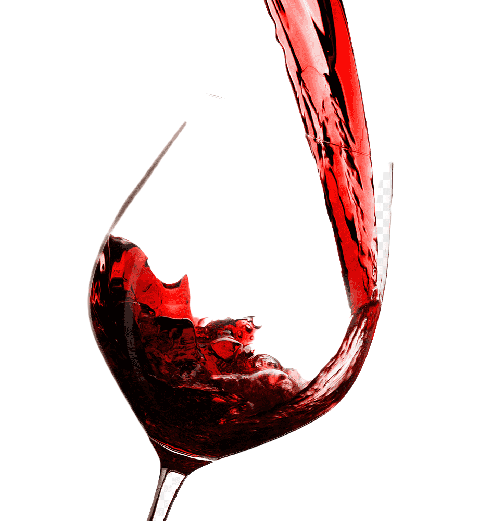
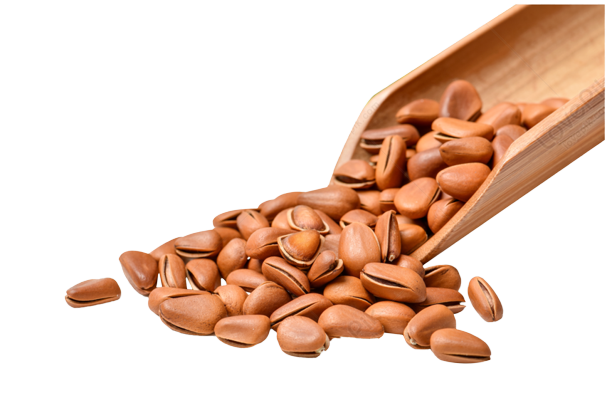
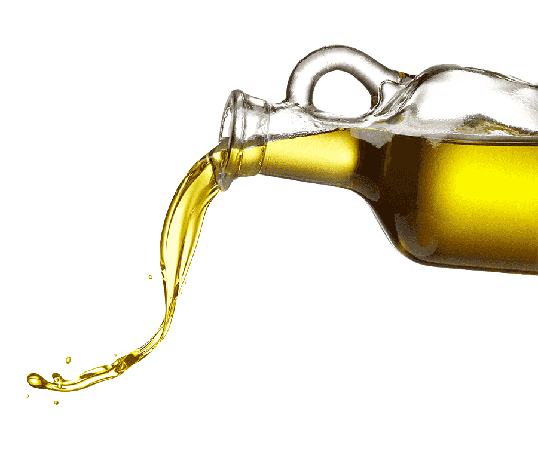

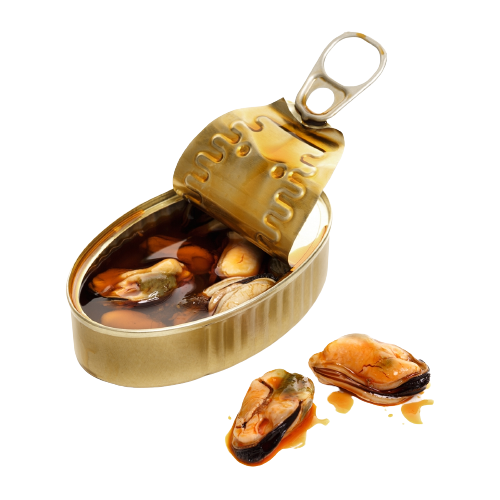
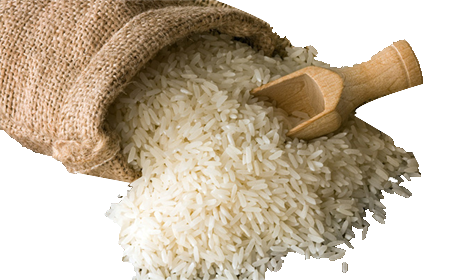
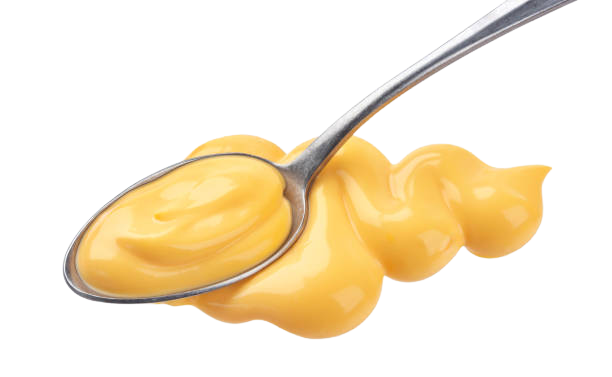
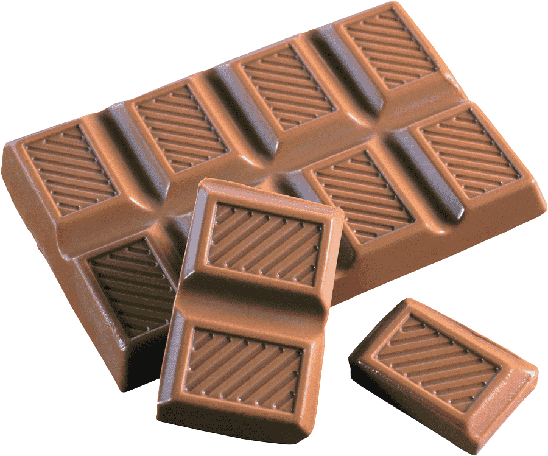


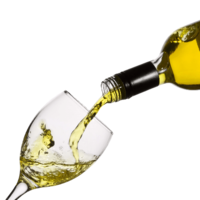
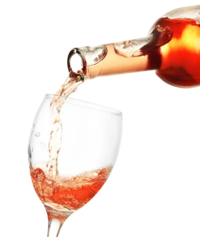
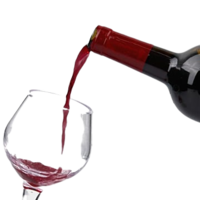

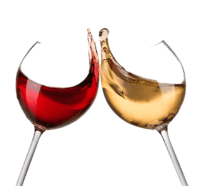
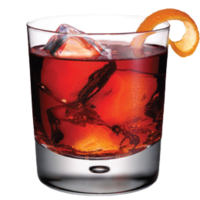

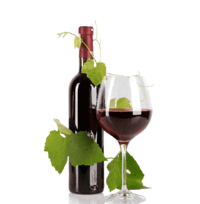
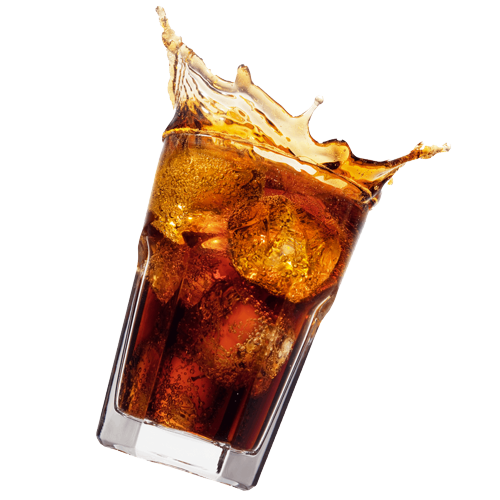
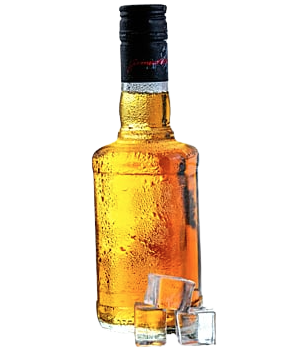
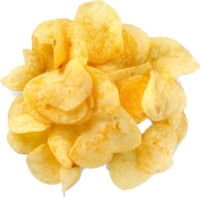
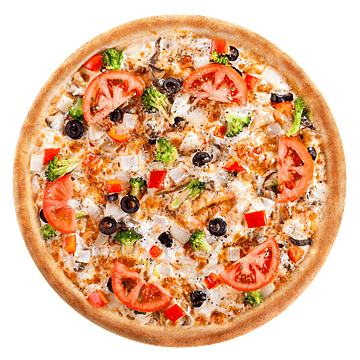
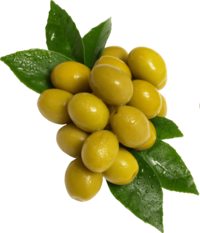
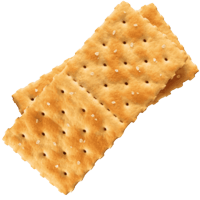
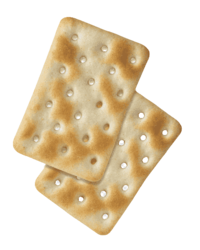
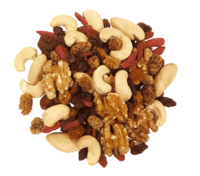

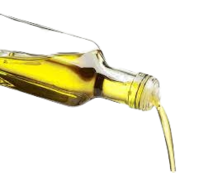

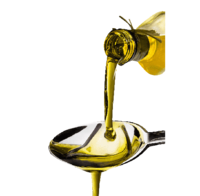
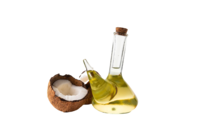
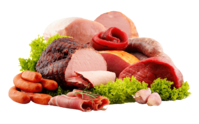
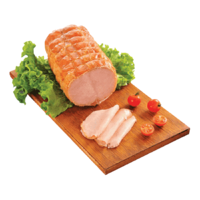


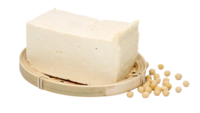
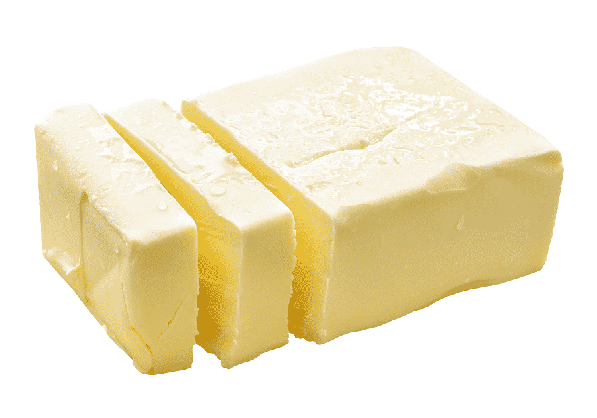
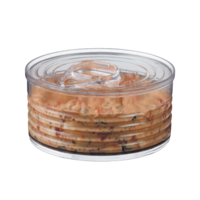
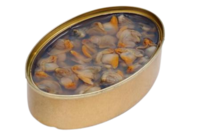
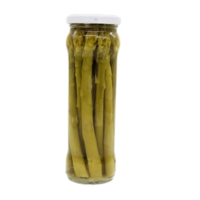
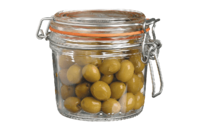
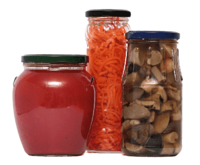
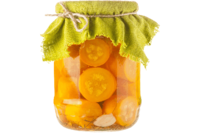
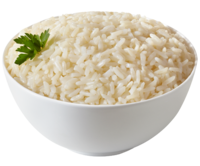
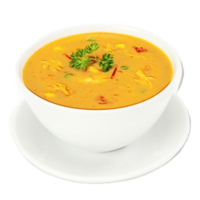
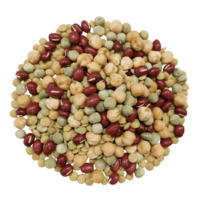
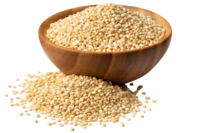
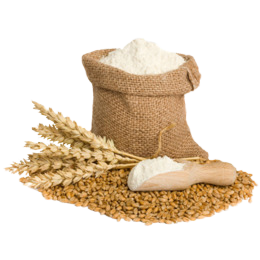
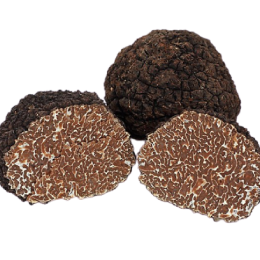
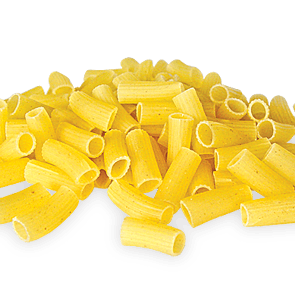
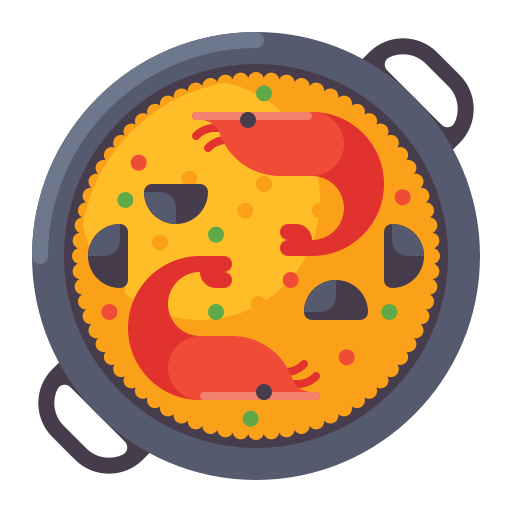
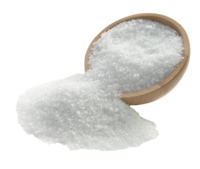
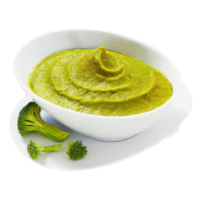
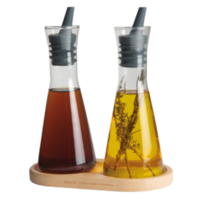
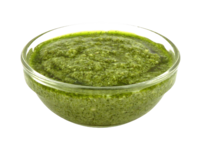
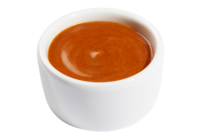

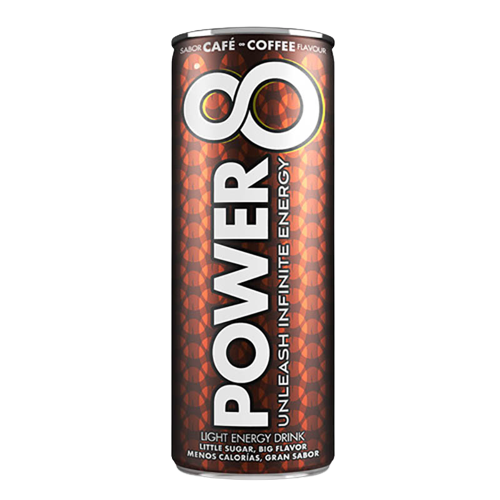
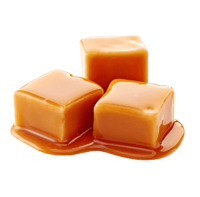

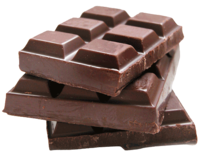
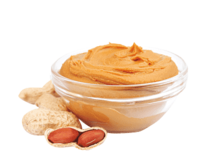
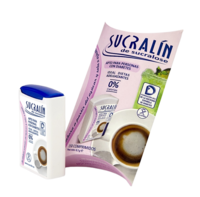

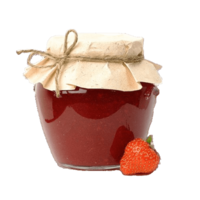
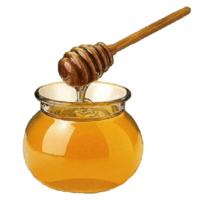
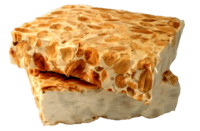
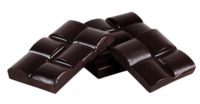
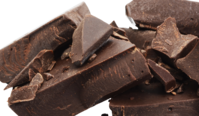
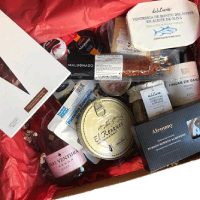
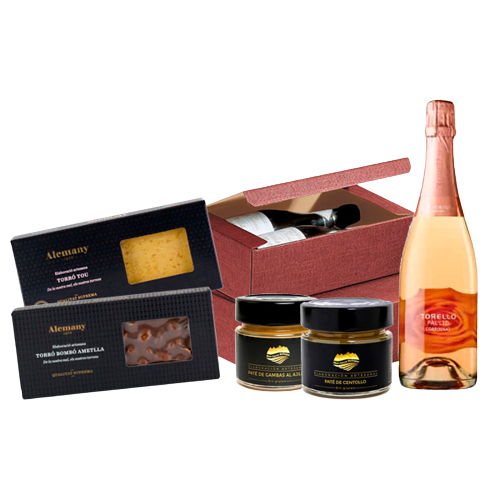
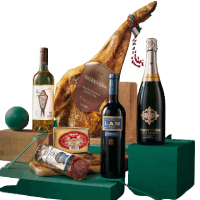

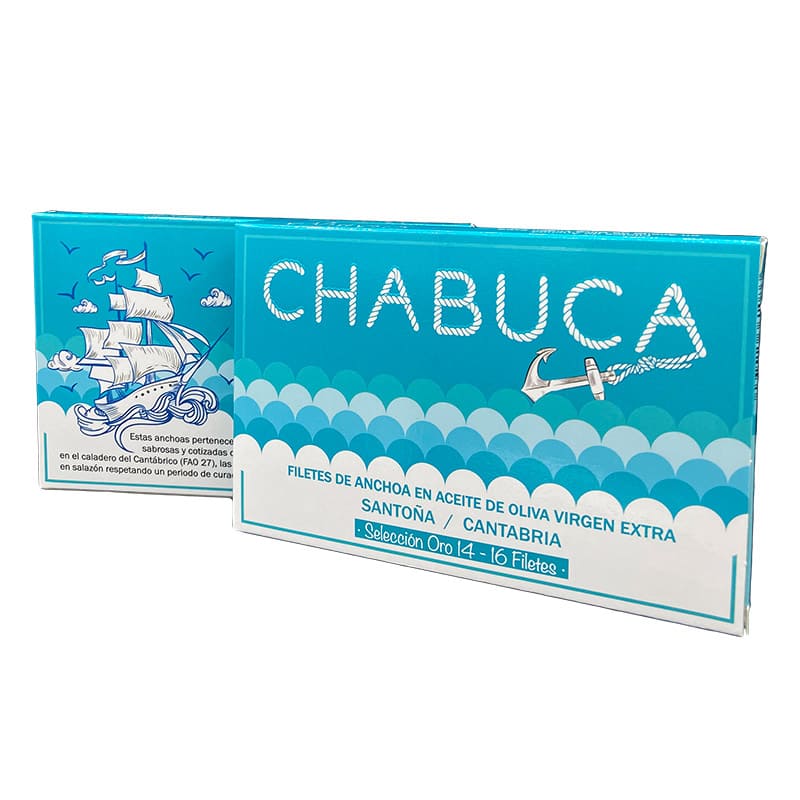


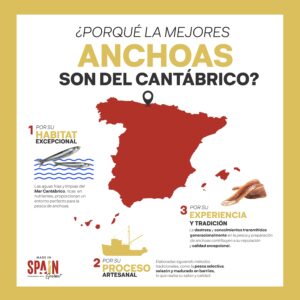
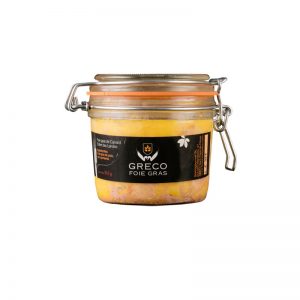
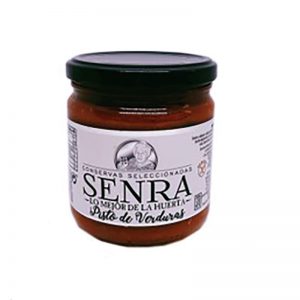
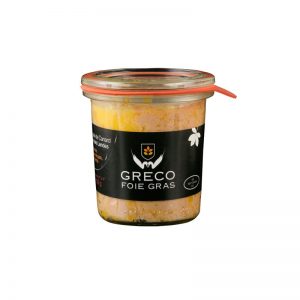
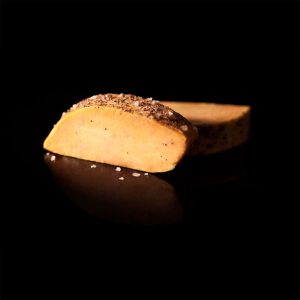



Ratings
Not yet reviewed